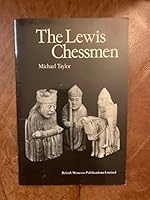How to Be Sure You're Going to Heaven
Select Format
Select Condition 
You Might Also Enjoy
Book Overview
No Synopsis Available.
Format:Paperback
Language:English
ISBN:1512770264
ISBN13:9781512770261
Release Date:May 2017
Publisher:WestBow Press
Length:128 Pages
Weight:0.34 lbs.
Dimensions:0.3" x 5.5" x 8.5"
Customer Reviews
6 customer ratings | 5 reviews
There are currently no reviews. Be the first to review this work.






















![Reference Bible-NIV-Giant Print[ REFERENCE BIBLE-NIV-GIANT PRINT ] by Zondervan Bibles (Author) Mar-28-11[ Hardcover ]](https://i.thriftbooks.com/api/imagehandler/s/B326F096B7F97067122EB83B1186AC42E51D699A.jpeg)

















